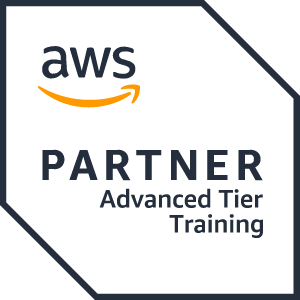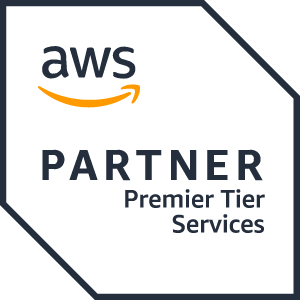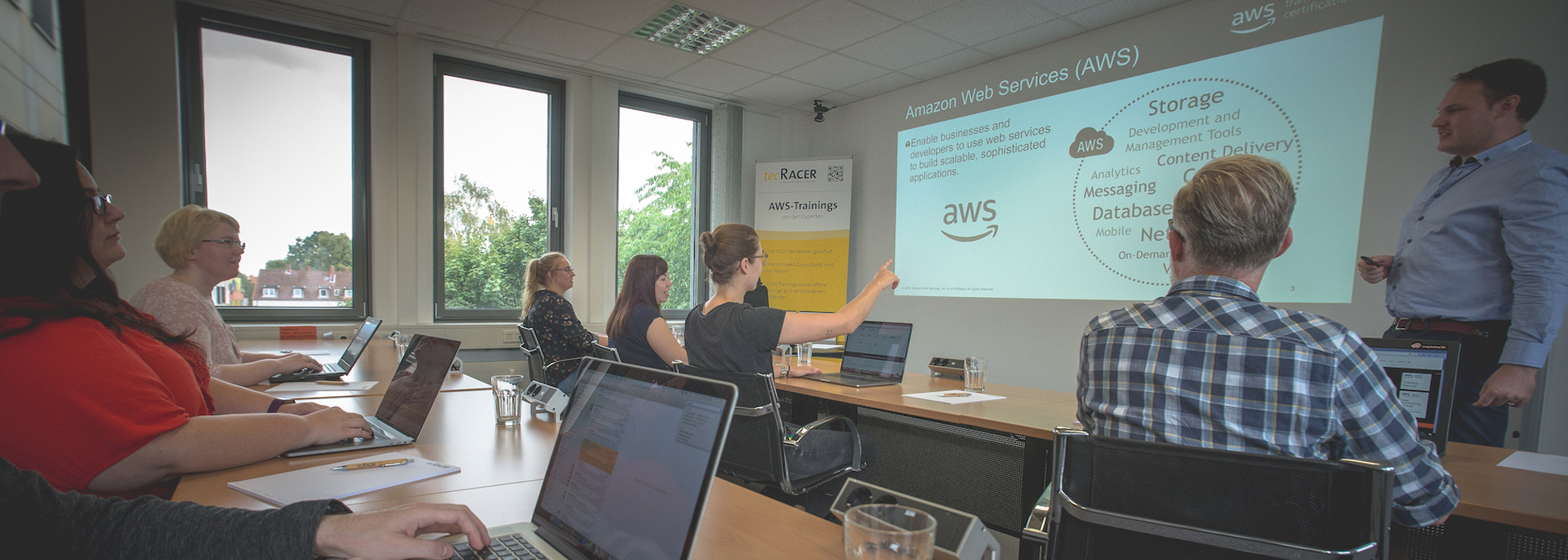Authoring Visual Analytics Using Amazon QuickSight
Authoring Visual Analytics Using Amazon QuickSight
current course dates can be found at the bottom of this page … company training available on request!
Course description
In this course, you will build a data visualization solution using Amazon QuickSight. QuickSight allows everyone in your organization to understand your data by exploring through interactive dashboards, asking questions in natural language, or automatically looking for patterns and outliers powered by machine learning. This course focuses on connecting to data sources, building visuals, designing interactivity, and creating calculations. You will learn how to apply security best practices to your analyses. You will also explore the machine learning capabilities built into QuickSight.
Course objectives
In this course, you will learn to:
- Explain the benefits, use cases, and key features of Amazon QuickSight
- Design, create, and customize QuickSight dashboards to visualize data and extract business insights from it
- Select and configure appropriate visualization types to identify, explore, and drill down on business insights
- Describe how to use one-click embed to incorporate analytics into applications
- Connect, transform, and prepare data for dashboarding consumption
- Perform advanced data calculations on QuickSight analyses
- Describe the security mechanisms available for Amazon QuickSight
- Apply fine-grained access control to a dataset
- Implement machine learning on data sets for anomaly detection and forecasting
- Explain the benefits and key features of QuickSight Q to enhance the dashboard user experience
Intended audience
This course is intended for:
- Data and business analysts who build and manage business analytics dashboards
Prerequisites
Students with a minimum one-year experience authoring visual analytics will benefit from this course. We recommend that attendees of this course have:
- Completed Data Analytics Fundamentals
Activities
This course includes:
- presentations
- demonstrations
- group exercises
- practice and challenge labs
Course duration / Price
- 2 days
- € 1,295.00 (excl. tax) per person (DE)
Course outline
This course covers the following concepts:
Day 1:
Module 1: Introduction and Overview of Amazon QuickSight
- Introducing Amazon QuickSight
- Why use Amazon QuickSight for data visualization
Module 2: Getting Started with Amazon QuickSight
- Interacting with Amazon QuickSight
- Loading data into Amazon QuickSight
- Visualizing data in Amazon QuickSight
- Demonstration: Walkthrough of Amazon QuickSight interface
- Practice Lab: Create your first dashboard
Module 3: Enhancing and Adding Interactivity to Your Dashboard
- Enhancing your dashboard
- Demonstration: Optimize the size, layout, and aesthetics of a dashboard
- Enhancing visualizations with interactivity
- Demonstration: Walkthrough of dashboard interactivity features
- Practice Lab: Enhancing your dashboard
Module 4: Preparing Datasets for Analysis
- Working with datasets
- Demonstration: Transform your datasets for analysis
- Practice Lab: Preparing data for analysis
Module 5: Performing Advanced Data Calculations
- Transform data using advanced calculations
- Practice Lab: Performing advanced data calculations
- Activity: Designing a Visual Analytics Solution
Day 2:
Module 6: Overview of Amazon QuickSight Security and Access Control
- Overview of Amazon QuickSight security and access control
- Dataset access control in Amazon QuickSight
- Lab: Implementing access control in Amazon QuickSight visualizations
Module 7: Exploring machine learning capabilities
- Introducing Machine Learning (ML) insights
- Natural Language Query with QuickSight Q
- Demonstration: Using QuickSight Q
- Lab: Using machine learning for anomaly detection and forecasting
End of day challenge labs
- Join data sources together
- Create a dashboard
- Enhance the dashboard and add interactivity
- Perform advanced data calculations
- Integrate machine learning tools into the dashboard
IMPORTANT: Please bring your notebook (Windows, Linux or Mac) to our trainings. If this is not possible, please contact us in advance.
Course materials are in English, on request also in German (if available).
Course language is German, on request also in English.





